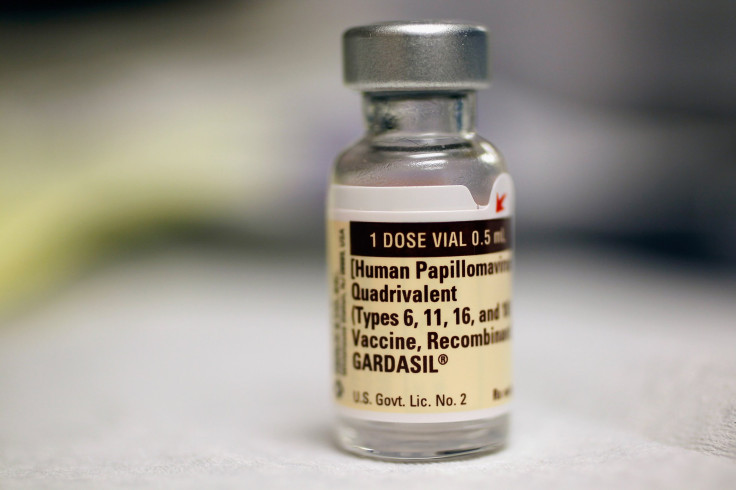UK Boys Getting HPV Vaccine To Hamper Thousands Of Cancer Cases

The United Kingdom continues its fight to protect its youngsters against the health dangers posed by the human papillomavirus (HPV) -- the most common sexually transmitted disease (STD) in the world -- by vaccinating 12 to 13-year-old boys later this year.
U.K. health officials say the free HPV vaccine will prevent 29,000 cancers in UK men caused by HPV over the next 40 years. Two doses will be needed to fully protect these young men. Protection lasts for at least 10 years but might be much longer in many cases.
HPV vaccine program to protect boys, intends to reduce cancers of the anus, penis and head and neck in the future.
Older boys or those aged 14 to 18, won’t receive the free HPV vaccine but can buy it for around $190 (£150) per dose.
Homosexual or gay men up to the age of 45, can get a free HPV shot if they visit a sexual health clinic or their general practitioner (GP) in the U.K.
Vaccination of girls aged 12 to 13 began in 2008. Girls can get a follow-up vaccination until the age of 25.
The program to vaccinate teenage girls, and reduce cervical cancers, has proved very successful, said U.K. health authorities. They report a reduction in HPV infections, genital warts and pre-cancerous growths in teenage girls and young women since the vaccine was introduced.
The HPV vaccine works best if boys and girls get it before they become sexually active.
Doctors say high-risk HPV infections can be spread by any skin-to-skin contact, and are usually found on the fingers, hands, mouth and genitals. This means the HPV can be spread during any kind of sexual activity, including touching.
There’s no cure for HPV. HPV is usually harmless and goes away by itself. Some types, however, can lead to cancer or genital warts.
Of the more than 200 types of HPV, some 40 types can infect the human genital area. This consists of the vulva, vagina, cervix, rectum, anus, penis, and scrotum. HPV can also affect the mouth and throat.
These 40 kinds of HPV are spread during sexual contact. Other types of HPV cause common warts like hand warts and plantar warts on the feet but aren’t sexually transmitted.
It’s not that well known but most people who have sex get the HPV at some point in their lives. Most people with HPV have no symptoms and feel healthy. This means, they don’t even know they’re infected.
On the bright side, most genital HPV infections aren’t harmful and go away on their own. Some kinds of HPV, however, can lead to certain types of cancer and genital warts.
At least a dozen types of HPV can sometimes lead to cancer. Two in particular (types 16 and 18) -- which are called high-risk HPV -- lead to the majority of cancer cases.
Cervical cancer is most commonly linked to HPV. HPV can also cause cancers of the vulva, vagina, penis, anus, mouth and throat.
Published by Medicaldaily.com



























